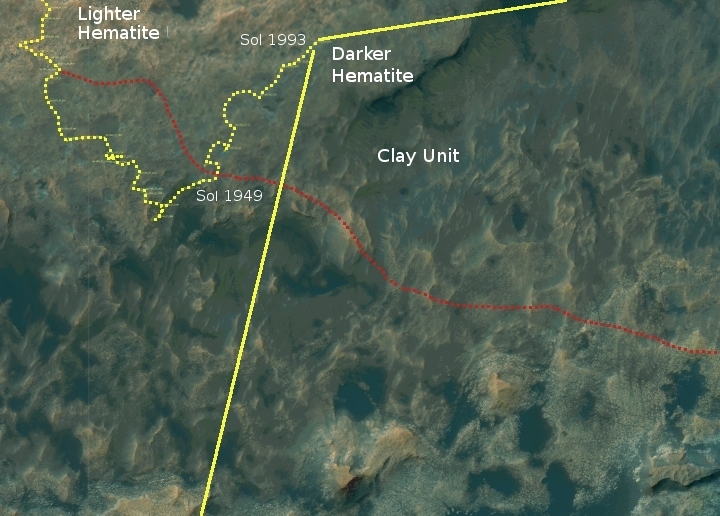NASA chief argues against purchasing Falcon Heavy over SLS
When asked at a meeting of a NASA advisory council meeting why NASA doesn’t buy a lot of Falcon Heavies instead of building a few SLS rockets, NASA chief of human spaceflight Bill Gerstenmaier argued that only the SLS could launch the large payloads NASA requires to establish its Lunar Orbiting Platform-Gateway (LOP-G).
Gerstenmaier then said NASA’s exploration program will require the unique capabilities of the SLS rocket. “I think it’s still going to be large-volume, monolithic pieces that are going to require an SLS kind of capability to get them out into space,” he said. “Then for routine servicing and bringing cargo, maybe bringing smaller crew vehicles other than Orion, then Falcon Heavy can play a role. What’s been talked about by [Jeff] Bezos can play a role. What United Launch Alliance has talked about can play a role.”
The problem with this argument is that the “large-volume, monolithic pieces” Gerstenmaier proposes don’t exist yet, either in design or in budget. NASA could very easily design LOP-G’s pieces to fit on Falcon Heavy, and then use it. Instead, they are purposely creating a situation where SLS is required, rather than going with the most cost effective solution.
Unless someone in power, such as a president, puts his foot down and demands NASA do this intelligently, I expect NASA to accomplish nothing significant in manned space in the next decade. That does not mean Americans will be trapped on Earth, only that NASA will not be the way they will get off the planet. And unfortunately, based on the most recent budget passed by Congress and signed by Trump, I do not expect this president to do anything to change things. Right now, NASA is being run by the big contractors (Boeing and Lockheed Martin) that need SLS and Orion, and thus NASA is going to give them a lot of money to build things that we can’t afford and can do nothing to put Americans in space.
When asked at a meeting of a NASA advisory council meeting why NASA doesn’t buy a lot of Falcon Heavies instead of building a few SLS rockets, NASA chief of human spaceflight Bill Gerstenmaier argued that only the SLS could launch the large payloads NASA requires to establish its Lunar Orbiting Platform-Gateway (LOP-G).
Gerstenmaier then said NASA’s exploration program will require the unique capabilities of the SLS rocket. “I think it’s still going to be large-volume, monolithic pieces that are going to require an SLS kind of capability to get them out into space,” he said. “Then for routine servicing and bringing cargo, maybe bringing smaller crew vehicles other than Orion, then Falcon Heavy can play a role. What’s been talked about by [Jeff] Bezos can play a role. What United Launch Alliance has talked about can play a role.”
The problem with this argument is that the “large-volume, monolithic pieces” Gerstenmaier proposes don’t exist yet, either in design or in budget. NASA could very easily design LOP-G’s pieces to fit on Falcon Heavy, and then use it. Instead, they are purposely creating a situation where SLS is required, rather than going with the most cost effective solution.
Unless someone in power, such as a president, puts his foot down and demands NASA do this intelligently, I expect NASA to accomplish nothing significant in manned space in the next decade. That does not mean Americans will be trapped on Earth, only that NASA will not be the way they will get off the planet. And unfortunately, based on the most recent budget passed by Congress and signed by Trump, I do not expect this president to do anything to change things. Right now, NASA is being run by the big contractors (Boeing and Lockheed Martin) that need SLS and Orion, and thus NASA is going to give them a lot of money to build things that we can’t afford and can do nothing to put Americans in space.


